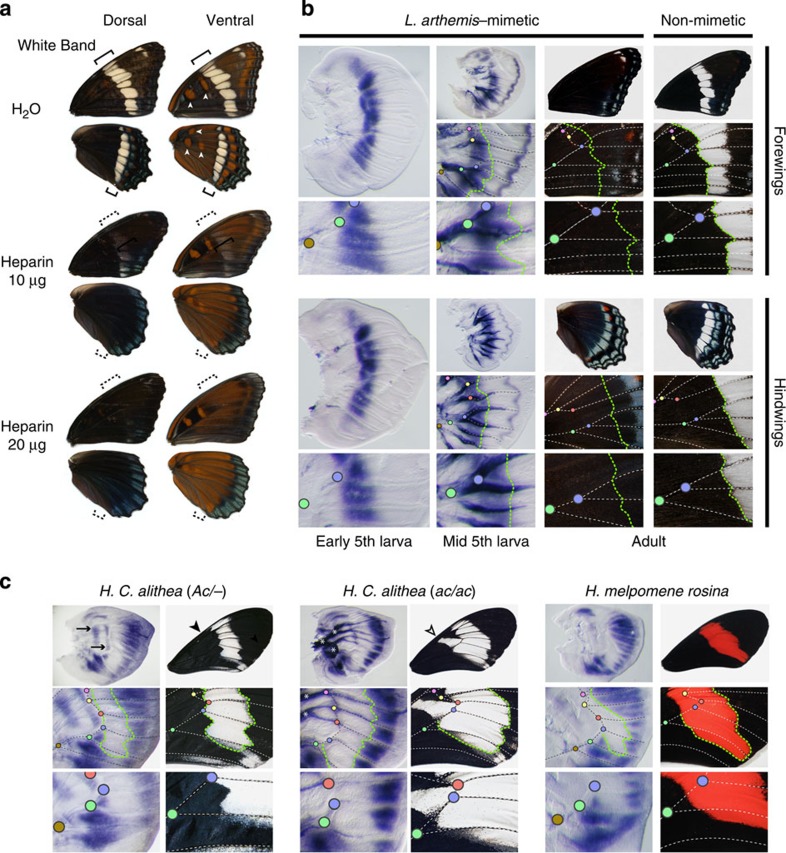Figure 2. Developmental expression of WntA in Limenitisbutterflies.
(a) Heparin or water injections of non-mimetic full-sibs at 8–16 h following pupation. Arrowheads indicate Discalis pattern elements known to express wingless61 (syn. Wnt1). Heparin triggered a removal of the white band (bracket) and an expansion of the Discalis pattern elements (arrowheads), replicating previous results obtained in Junonia butterflies29. (b) Developmental expression of WntA in Limenitis 5th instar larval wing discs. Vein intersections can be used as morphological landmarks for comparing the position of gene expression domains relative to the adult morphology (colour dots). WntA expression delineates the proximal boundary of medial white bands (green line) from both banded and unbanded Limenitis stocks. WntA also marks presumptive blue chevrons in the wing margin area during and after the mid-5th larval instar stage of wing development. (c) Spatial correspondence (green line) between WntA mRNA expression on larval wing discs and wing pattern contours among the polymorphic H. c. alithea morphs species and in the sister species H. melpomene. Notice the presence of two stripes of WntA expression in the discal cell of (Ac/−) butterflies (arrows), correlating with the absence of a white element in this wing domain (arrowheads). The Ac locus was previously mapped to the WntA region in this clade20. Asterisks indicate non-specific signal observed in tracheal tissues with the in situ hybridization procedure. Scale bars, 1 cm (adult wings) and 500 μm (larval wings).

